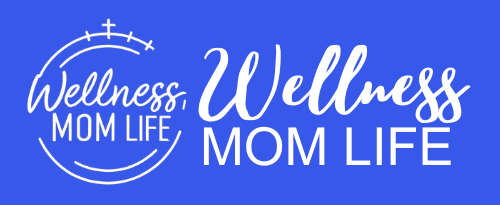
Introducing solid foods to your baby is an exciting milestone, but it’s essential to know when your little one is ready to explore new textures and flavors. Baby puffs are popular first finger foods for infants, but determining the right time to introduce them can be confusing for parents. In this blog post, we’ll discuss when babies can eat puffs, explore the benefits of these nutritious snacks, and provide tips for introducing them safely into your baby’s diet.
When Can Babies Eat Puffs? Baby puffs are typically introduced to infants between the ages of 6 and 9 months when they are ready to start experimenting with solid foods. At this stage, babies have developed the necessary oral motor skills to handle finger foods and can sit up independently, reducing the risk of choking.
Benefits of Baby Puffs
- Refinement of Fine Motor Skills: Baby puffs serve as valuable tools in fostering the development of fine motor skills and hand-eye coordination through the practice of the pincer grasp—a crucial milestone in early childhood development.
- Introduction to Diverse Textures: A notable feature of baby puffs is their diverse array of textures and flavors, facilitating sensory exploration and aiding in the gradual transition to solid foods. This variability enriches the gustatory experience for infants, offering exposure to an assortment of tactile sensations.
- Portability and Convenience: Characterized by their lightweight nature and mess-free composition, baby puffs epitomize convenience, rendering them an ideal option for portable snacking. Their ease of packing and suitability for on-the-go consumption make them invaluable companions for busy parents and caregivers.
- Nutritional Integrity: Many formulations of baby puffs boast commendable nutritional profiles, featuring wholesome ingredients such as whole grains, fruits, and vegetables. Consequently, these snacks not only satiate hunger but also contribute essential nutrients vital for the healthy growth and development of infants.
Safety Tips for Introducing Baby Puffs:
- Gradual Introduction: Initiate the introduction of baby puffs cautiously by offering one or two pieces at a time. This approach allows you to observe your baby’s response and ensures they can comfortably manage the texture and swallow safely.
- Constant Supervision: Maintain vigilant supervision over your baby during puff consumption to mitigate the risk of choking hazards. It is imperative to ensure that your baby is chewing and swallowing properly to prevent any potential safety concerns.
- Select Appropriate Products: Opt for baby puffs explicitly formulated for infants, devoid of added sugars, salt, and artificial flavors or preservatives. Prioritizing age-appropriate snacks ensures that your baby receives nutrition tailored to their developmental needs.
- Monitor Allergenic Reactions: Introduce new foods methodically, offering one at a time, and remain attentive to any signs of allergic reactions in your baby. Symptoms such as rash, hives, or respiratory distress should prompt immediate medical attention and necessitate the cessation of the offending food.
Introducing baby puffs can be a fun and exciting experience for both you and your little one, but it’s essential to wait until your baby is developmentally ready and follow safety guidelines to ensure a positive feeding experience. By introducing puffs between 6 and 9 months of age, monitoring your baby’s response, and choosing age-appropriate snacks, you can help support your baby’s transition to solid foods and encourage healthy eating habits for life.








